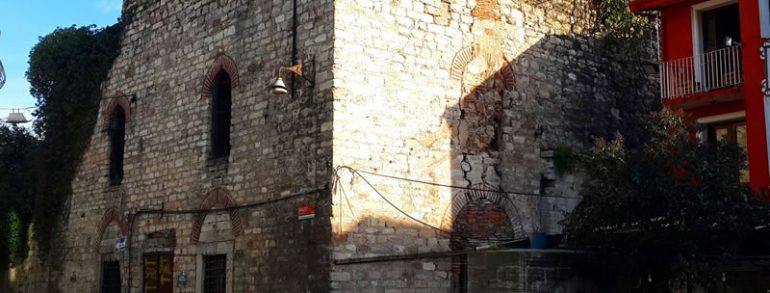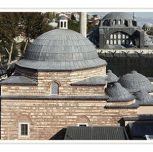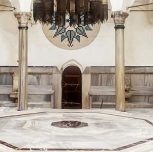The Çardaklı Hamamı was built by Kapı Ağası Hüseyin Bey in 1503. It was first restored by Architect Omar Bin Veli and later by Mehmet Bin Uveys. After it was transfered to a signle owner in 1918, the Hamam served as a warehouse in the 1940s and was then converted into a workshop in the following years.
It is also known as Küçük Ayasofya Hamamı (The Little Hagia Sophia Bath). The entrance door of the historical bath is knitted with stones. The new entrance door to the bath has been placed on the front side of the building, whereas the old entrance was located on the side.. From here, it exits onto the Camekan, a court surrounded by small individual changing rooms, which is covered by a dome. From there, one enters the ılıklık (Lukewarm section). From the ılıklık, one continues to the harare, which is the main room of the Turkish bath. In the harare, visitors are permitted to sit and sweat in the steam for as long as desired. It is roofed with a large dome. Halvets, very hot bathing cubicles within the bath, are placed on both the left and right sides of the Harare. There are also a marble plinth (göbek taşı) and three sofas which are in perfect harmony with the tradition of Classical Ottoman Bath. As for the pergola, named after the Çardaklı Hamamı, it is found on the upper floor of the Halvet located on the left side.










